- 23
- Mar
Poukisa kapasite nan pil ityòm pouri, yon moun finalman adisyone moute
Batri ityòm-ion yo se pil segondè k ap grandi pi rapid apre pil nikèl-kadmyòm ak nikèl-idwojèn. Pwopriyete ki gen gwo enèji li yo fè avni li gade klere. Sepandan, ityòm-ion pil yo pa pafè, ak pi gwo pwoblèm yo se estabilite nan sik chaj-egzeyat yo. Papye sa a rezime ak analize rezon posib pou kapasite fading nan batri Li-ion, ki gen ladan surcharge, dekonpozisyon elektwolit ak pwòp tèt ou-egzeyat.
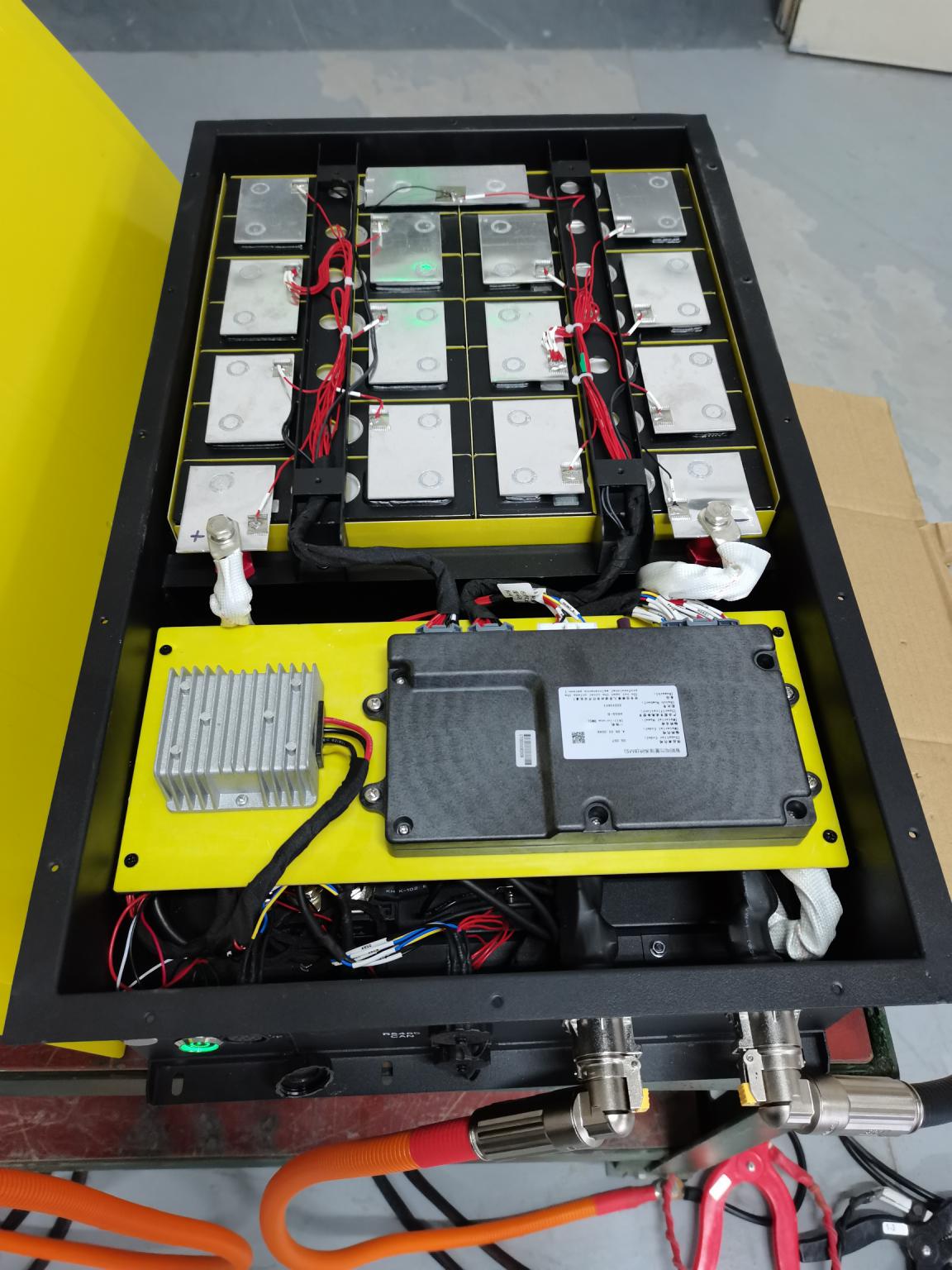
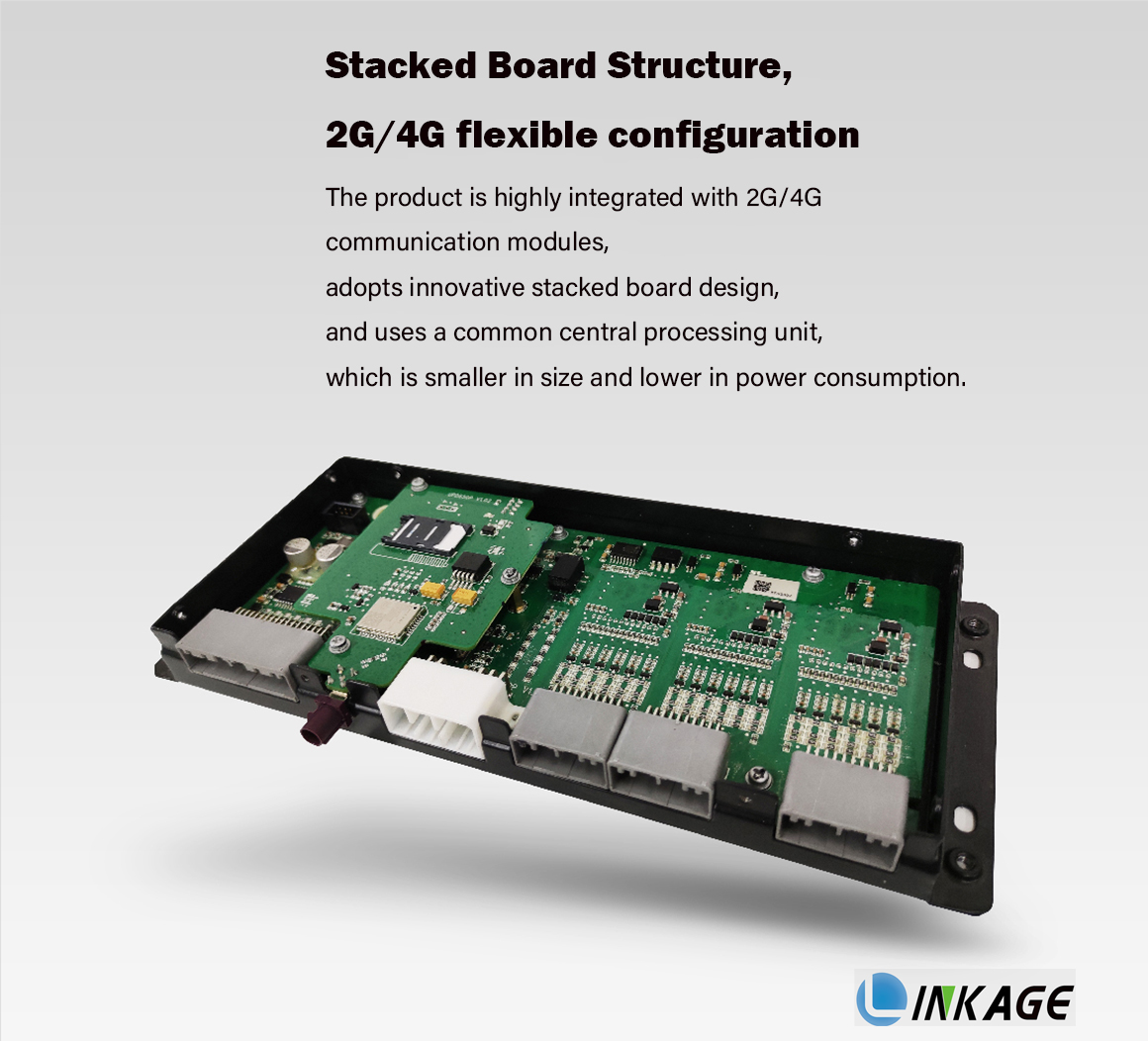
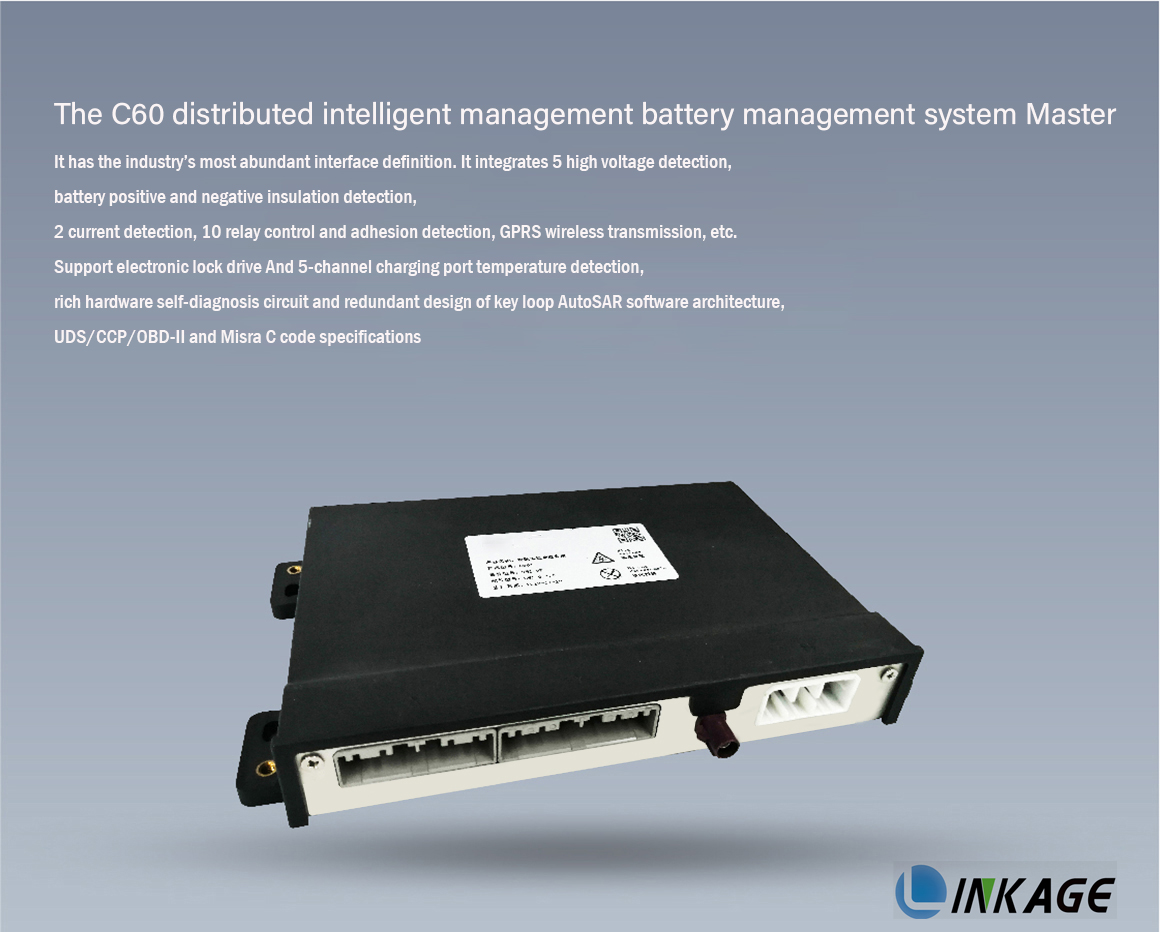
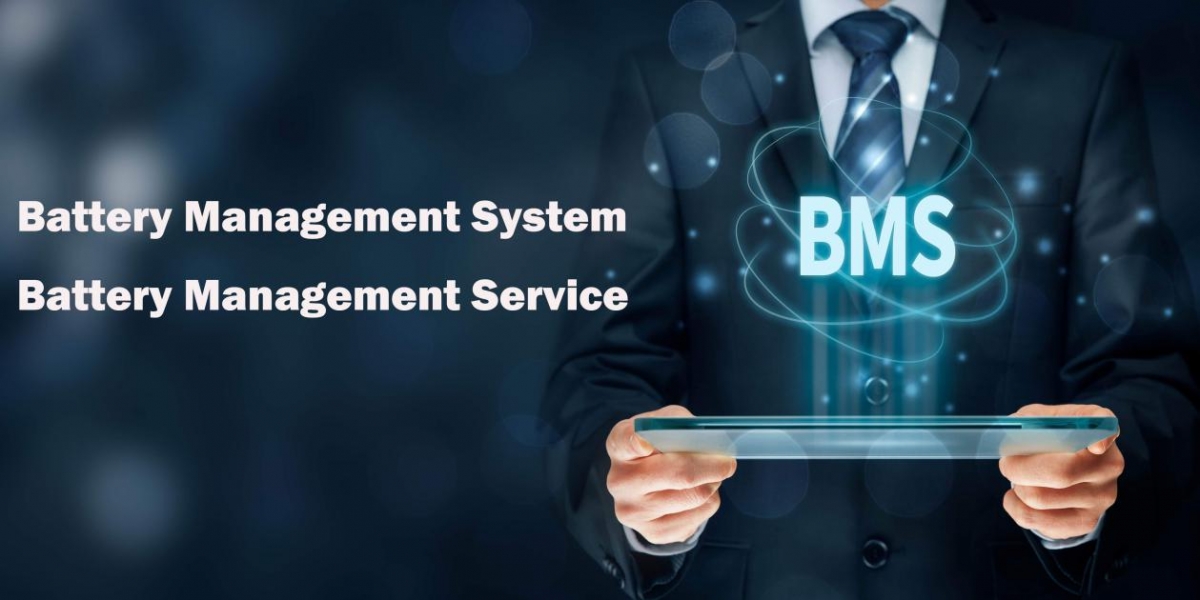
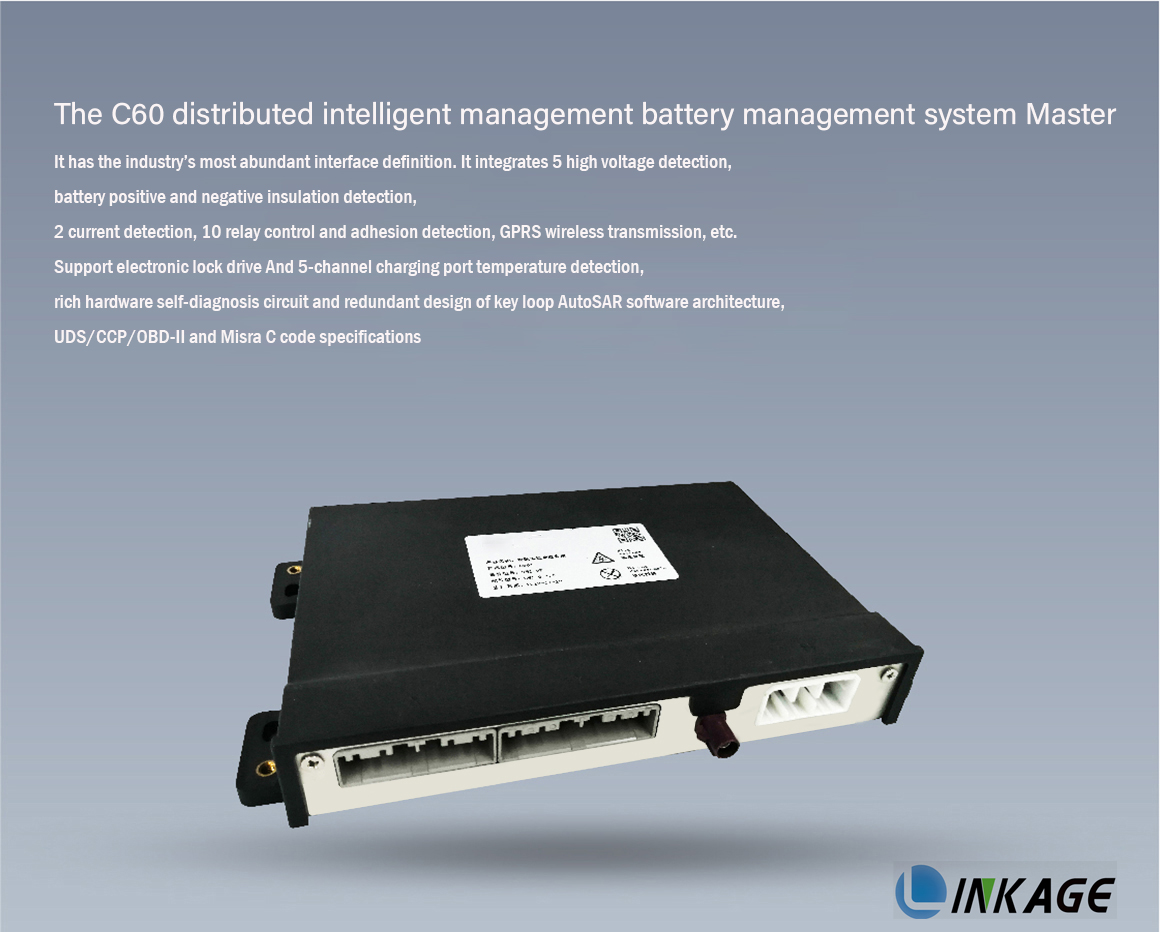
Lithium-ion batteries have different intercalation energies when intercalation reactions occur between the two electrodes, and in order to obtain the best performance of the battery, the capacity ratio of the two host electrodes should maintain a balanced value.
Nan pil ityòm-ion, balans kapasite a eksprime kòm rapò mas elektwòd pozitif ak elektwòd negatif la,
Sa vle di: γ=m+/m-=ΔxC-/ΔyC+
Nan fòmil ki pi wo a, C refere a kapasite teyorik koulombik elektwòd la, ak Δx ak Δy refere a kantite stoichiometrik iyon ityòm entegre nan elektwòd negatif la ak elektwòd pozitif la, respektivman. Li ka wè nan fòmil ki anwo a ke rapò a mas obligatwa nan de poto yo depann de kapasite Coulomb korespondan nan de poto yo ak kantite iyon ityòm revèsib respektif yo.
foto
Generally speaking, a smaller mass ratio leads to incomplete utilization of the negative electrode material; a larger mass ratio may cause a safety hazard due to the overcharge of the negative electrode. In short, at the optimized mass ratio, the battery performance is the best.
For an ideal Li-ion battery system, the capacity balance does not change during its cycle, and the initial capacity in each cycle is a certain value, but the actual situation is much more complicated. Any side reaction that can generate or consume lithium ions or electrons may lead to changes in battery capacity balance. Once the battery’s capacity balance state changes, this change is irreversible and can be accumulated through multiple cycles, resulting in battery performance. Serious impact. In lithium-ion batteries, in addition to the redox reactions that occur when lithium ions are deintercalated, there are also a large number of side reactions, such as electrolyte decomposition, active material dissolution, and metallic lithium deposition.
Rezon 1: Surcharge
1. Reyaksyon twòp chaj nan elektwòd negatif grafit:
When the battery is overcharged, lithium ions are easily reduced and deposited on the surface of the negative electrode:
foto
The deposited lithium coats the negative electrode surface, blocking the intercalation of lithium. This results in reduced discharge efficiency and capacity loss due to:
①Diminye kantite ityòm resikle;
②Lityòm metal depoze a reyaji ak sòlvan an oswa elektwolit sipò pou fòme Li2CO3, LiF oswa lòt pwodwi;
③ Lityòm metal anjeneral fòme ant elektwòd negatif la ak separasyon an, ki ka bloke porositë yo nan separateur la ak ogmante rezistans entèn batri a;
④ Akòz nati a trè aktif nan ityòm, li fasil pou reyaji ak elektwolit la ak konsome elektwolit la, sa ki lakòz yon rediksyon nan efikasite egzeyat ak yon pèt kapasite.
Fast charging, the current density is too large, the negative electrode is severely polarized, and the deposition of lithium will be more obvious. This is likely to occur when the positive electrode active material is excessive relative to the negative electrode active material. However, in the case of a high charging rate, deposition of metallic lithium may occur even if the ratio of positive and negative active materials is normal.
2. Pozitif lektwòd surcharge reyaksyon
When the ratio of positive electrode active material to negative electrode active material is too low, positive electrode overcharge is likely to occur.
The capacity loss caused by overcharge of the positive electrode is mainly due to the generation of electrochemically inert substances (such as Co3O4, Mn2O3, etc.), which destroy the capacity balance between the electrodes, and the capacity loss is irreversible.
(1) LiyCoO2
LiyCoO2→(1-y)/3[Co3O4+O2(g)]+yLiCoO2 y<0.4
At the same time, the oxygen generated by the decomposition of the positive electrode material in the sealed lithium-ion battery accumulates at the same time because there is no recombination reaction (such as the generation of H2O) and the flammable gas generated by the decomposition of the electrolyte, and the consequences will be unimaginable.
(2) λ-MnO2
The lithium-manganese reaction occurs when the lithium-manganese oxide is completely delithiated: λ-MnO2→Mn2O3+O2(g)
3. Elektwolit la soksid lè yo chaje twòp
When the pressure is higher than 4.5V, the electrolyte will be oxidized to generate insolubles (such as Li2Co3) and gases. These insolubles will block the micropores of the electrode and hinder the migration of lithium ions, resulting in capacity loss during cycling.
Factors that affect the rate of oxidation:
Sifas la nan materyèl la elektwòd pozitif
Current collector material
Added conductive agent (carbon black, etc.)
Kalite ak sifas sifas nwa kabòn
Among the more commonly used electrolytes, EC/DMC is considered to have the highest oxidation resistance. The electrochemical oxidation process of solution is generally expressed as: solution→oxidation product (gas, solution and solid matter)+ne-
Oksidasyon nenpòt sòlvan ap ogmante konsantrasyon elektwolit la, diminye estabilite elektwolit la, epi finalman afekte kapasite batri a. Sipoze ke yon ti kantite elektwolit boule chak fwa li chaje, plis elektwolit yo mande pandan asanble batri. Pou yon veso konstan, sa vle di ke yon pi piti kantite sibstans aktif chaje, ki lakòz yon diminisyon nan kapasite inisyal la. Anplis de sa, si yo pwodui yon pwodwi solid, yo pral fòme yon fim pasivasyon sou sifas elektwòd la, ki pral ogmante polarizasyon batri a epi redwi vòltaj pwodiksyon batri a.
Reason 2: Electrolyte decomposition (reduction)
I decompose on the electrode
1. The electrolyte is decomposed on the positive electrode:
The electrolyte consists of a solvent and a supporting electrolyte. After the cathode is decomposed, insoluble products such as Li2Co3 and LiF are usually formed, which reduce the battery capacity by blocking the pores of the electrode. The electrolyte reduction reaction will have an adverse effect on the capacity and cycle life of the battery. The gas generated by the reduction can increase the internal pressure of the battery, which can lead to safety problems.
Vòltaj dekonpozisyon elektwòd pozitif la anjeneral pi gran pase 4.5V (vs Li / Li +), kidonk yo pa fasil dekonpoze sou elektwòd pozitif la. Okontrè, elektwolit la pi fasil dekonpoze nan elektwòd negatif la.
2. Elektwolit la dekonpoze sou elektwòd negatif la:
The electrolyte is not stable on graphite and other lithium-inserted carbon anodes, and it is easy to react to generate irreversible capacity. During the initial charge and discharge, the decomposition of the electrolyte will form a passivation film on the surface of the electrode, and the passivation film can separate the electrolyte from the carbon negative electrode to prevent further decomposition of the electrolyte. Thus, the structural stability of the carbon anode is maintained. Under ideal conditions, the reduction of the electrolyte is limited to the passivation film formation stage, and this process does not occur when the cycle is stable.
Fòmasyon fim pasivasyon
The reduction of electrolyte salts participates in the formation of the passivation film, which is beneficial to the stabilization of the passivation film, but
(1) The insoluble matter produced by the reduction will have an adverse effect on the solvent reduction product;
(2) The concentration of the electrolyte decreases when the electrolyte salt is reduced, which eventually leads to the loss of battery capacity (LiPF6 is reduced to form LiF, LixPF5-x, PF3O and PF3);
(3) Fòmasyon fim pasivasyon an konsome iyon ityòm, ki pral lakòz move balans kapasite ant de elektwòd yo diminye kapasite espesifik batri a tout antye.
(4) Si gen fant sou fim nan pasivasyon, molekil sòlvan yo ka antre ak epesè fim nan pasivasyon, ki pa sèlman konsome plis ityòm, men tou, ka bloke mikropor yo sou sifas kabòn, sa ki lakòz enkapasite nan ityòm yo dwe mete ak ekstrè. , sa ki lakòz pèt kapasite irevokabl. Ajoute kèk aditif inòganik nan elektwolit la, tankou CO2, N2O, CO, SO2, elatriye, ka akselere fòmasyon nan fim nan pasivasyon ak anpeche ko-ensèsyon an ak dekonpozisyon nan sòlvan an. Anplis de sa nan kouwòn etè aditif òganik tou gen menm efè a. 12 kouwòn ak 4 etè yo se pi bon an.
Faktè pou pèt kapasite fim:
(1) Kalite kabòn yo itilize nan pwosesis la;
(2) Konpozisyon elektwolit;
(3) Aditif nan elektwòd oswa elektwolit.
Blyr believes that the ion exchange reaction advances from the surface of the active material particle to its core, the new phase formed bury the original active material, and a passive film with low ionic and electronic conductivity is formed on the surface of the particle, so the spinel after storage Greater polarization than before storage.
Zhang te jwenn ke rezistans nan kouch pasivasyon sifas ogmante ak kapasite nan entèfas diminye ak ogmantasyon nan kantite sik. Li reflete ke epesè kouch pasivasyon an ogmante ak kantite sik. Disolisyon Manganèz la ak dekonpozisyon elektwolit la mennen nan fòmasyon fim pasivasyon, ak kondisyon tanperati ki wo yo pi fezab nan pwogrè nan reyaksyon sa yo. Sa a pral ogmante rezistans kontak ant patikil materyèl aktif yo ak rezistans migrasyon Li +, kidonk ogmante polarizasyon batri a, chaje enkonplè ak egzeyat, ak kapasite redwi.
II Reduction Mechanism of Electrolyte
The electrolyte often contains oxygen, water, carbon dioxide and other impurities, and redox reactions occur during the charging and discharging process of the battery.
Mekanis rediksyon elektwolit la gen ladan twa aspè: rediksyon sòlvan, rediksyon elektwolit ak rediksyon enpurte:
1. Solvent reduction
The reduction of PC and EC includes one-electron reaction and two-electron reaction process, and the two-electron reaction forms Li2CO3:
Fong et al. believed that during the first discharge process, when the electrode potential was close to 0.8V (vs. Li/Li+), the electrochemical reaction of PC/EC occurred on graphite to generate CH=CHCH3(g)/CH2=CH2( g) and LiCO3(s), leading to irreversible capacity loss on graphite electrodes.
Aurbach et al. conducted extensive research on the reduction mechanism and products of various electrolytes on lithium metal electrodes and carbon-based electrodes, and found that the one-electron reaction mechanism of PC produces ROCO2Li and propylene. ROCO2Li is very sensitive to trace water. The main products are Li2CO3 and propylene in the presence of trace water, but no Li2CO3 is produced under dry conditions.
Restoration of DEC:
Ein-Eli Y reported that the electrolyte mixed with diethyl carbonate (DEC) and dimethyl carbonate (DMC) will undergo an exchange reaction in the battery to generate ethyl methyl carbonate (EMC), which is responsible for the loss of capacity. certain influence.
2. Electrolyte reduction
The reduction reaction of the electrolyte is generally considered to be involved in the formation of the carbon electrode surface film, so its type and concentration will affect the performance of the carbon electrode. In some cases, the reduction of the electrolyte contributes to the stabilization of the carbon surface, which can form the desired passivation layer.
Li jeneralman kwè ke elektwolit sipò a pi fasil pou diminye pase sòlvan an, epi li se pwodwi rediksyon an melanje nan fim nan depo elektwòd negatif ak afekte dekonpozisyon nan kapasite nan batri a. Plizyè reyaksyon rediksyon posib nan elektwolit sipò yo se jan sa a:
3. Impurity reduction
(1) Si kontni dlo a nan elektwolit la twò wo, LiOH (yo) ak depo Li2O yo pral fòme, ki pa fezab nan ensèsyon iyon ityòm, sa ki lakòz pèt kapasite irevokabl:
H2O+e→OH-+1/2H2
OH-+Li+→LiOH(yo)
LiOH+Li++e-→Li2O(s)+1/2H2
LiOH (yo) pwodwi a depoze sou sifas elektwòd la, fòme yon fim sifas ki gen gwo rezistans, ki anpeche Li + entèkalasyon nan elektwòd grafit la, sa ki lakòz pèt kapasite irevokabl. Yon ti kantite dlo (100-300 × 10-6) nan sòlvan an pa gen okenn efè sou pèfòmans elektwòd grafit la.
(2) The CO2 in the solvent can be reduced on the negative electrode to form CO and LiCO3(s):
2CO2+2e-+2Li+→Li2CO3+CO
CO ap ogmante presyon entèn batri a, ak Li2CO3(s) ap ogmante rezistans entèn batri a epi afekte pèfòmans batri a.
(3) The presence of oxygen in the solvent will also form Li2O
1/2O2+2e-+2Li+→Li2O
Paske diferans potansyèl ant metalik ityòm ak kabòn totalman intercalated piti, rediksyon elektwolit la sou kabòn sanble ak rediksyon sou ityòm.
Rezon 3: Oto-egzeyat
Self-discharge refers to the phenomenon that the battery loses its capacity naturally when it is not in use. Li-ion battery self-discharge leads to capacity loss in two cases:
One is the reversible capacity loss;
Dezyèm lan se pèt kapasite irevokabl.
Reversible capacity loss means that the lost capacity can be recovered during charging, while irreversible capacity loss is the opposite. The positive and negative electrodes may act as a microbattery with the electrolyte in the charged state, resulting in lithium ion intercalation and deintercalation, and intercalation and deintercalation of positive and negative electrodes. The embedded lithium ions are only related to the lithium ions of the electrolyte, so the capacity of the positive and negative electrodes is unbalanced, and this part of the capacity loss cannot be recovered during charging. Such as:
Lithium manganese oxide positive electrode and solvent will cause micro-battery effect and self-discharge, resulting in irreversible capacity loss:
LiyMn2O4+xLi++xe-→Liy+xMn2O4
Solvent molecules (such as PC) are oxidized on the surface of conductive material carbon black or current collector as a microbattery anode:
xPC→xPC-radical+xe-
Similarly, the negative active material may interact with the electrolyte to cause self-discharge and cause irreversible capacity loss, and the electrolyte (such as LiPF6) is reduced on the conductive material:
PF5+xe-→PF5-x
Karbid ityòm nan eta chaje a soksid lè yo retire iyon ityòm kòm elektwòd negatif nan mikrobatri a:
LiyC6→Liy-xC6+xLi+++xe-
Faktè ki afekte pwòp tèt ou-egzeyat: pwosesis fabrikasyon materyèl elektwòd pozitif la, pwosesis fabrikasyon batri a, pwopriyete elektwolit la, tanperati ak tan.
